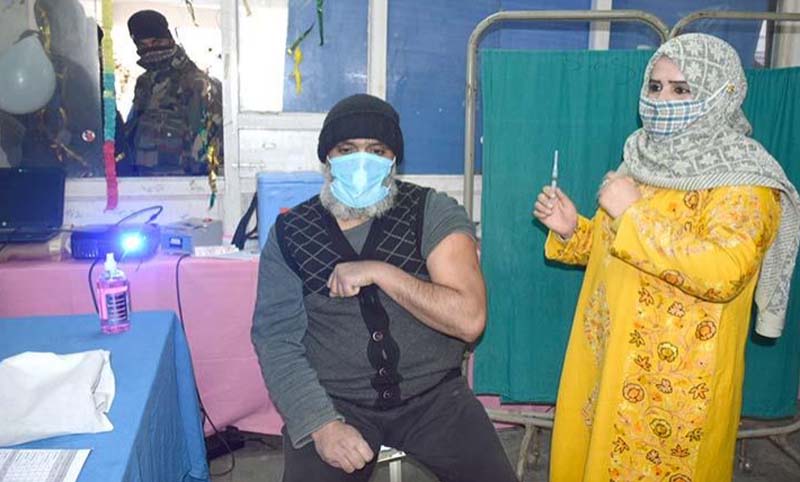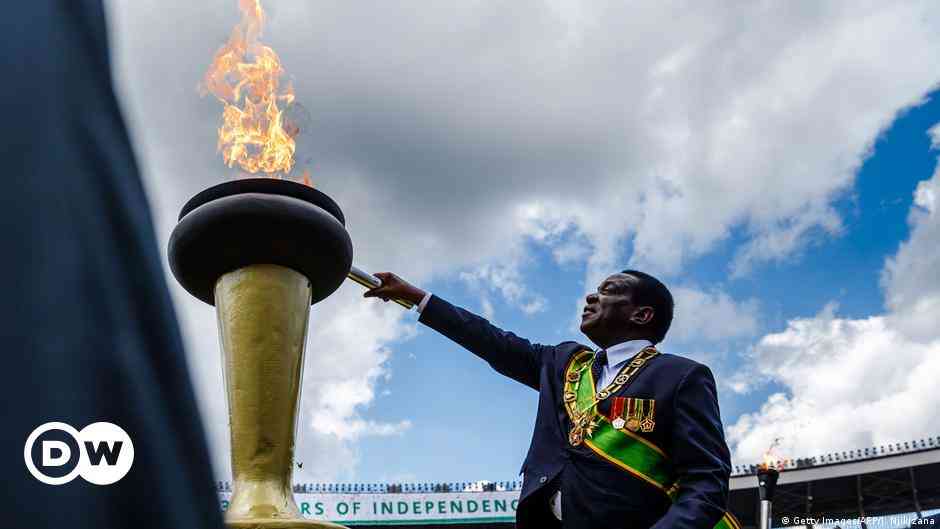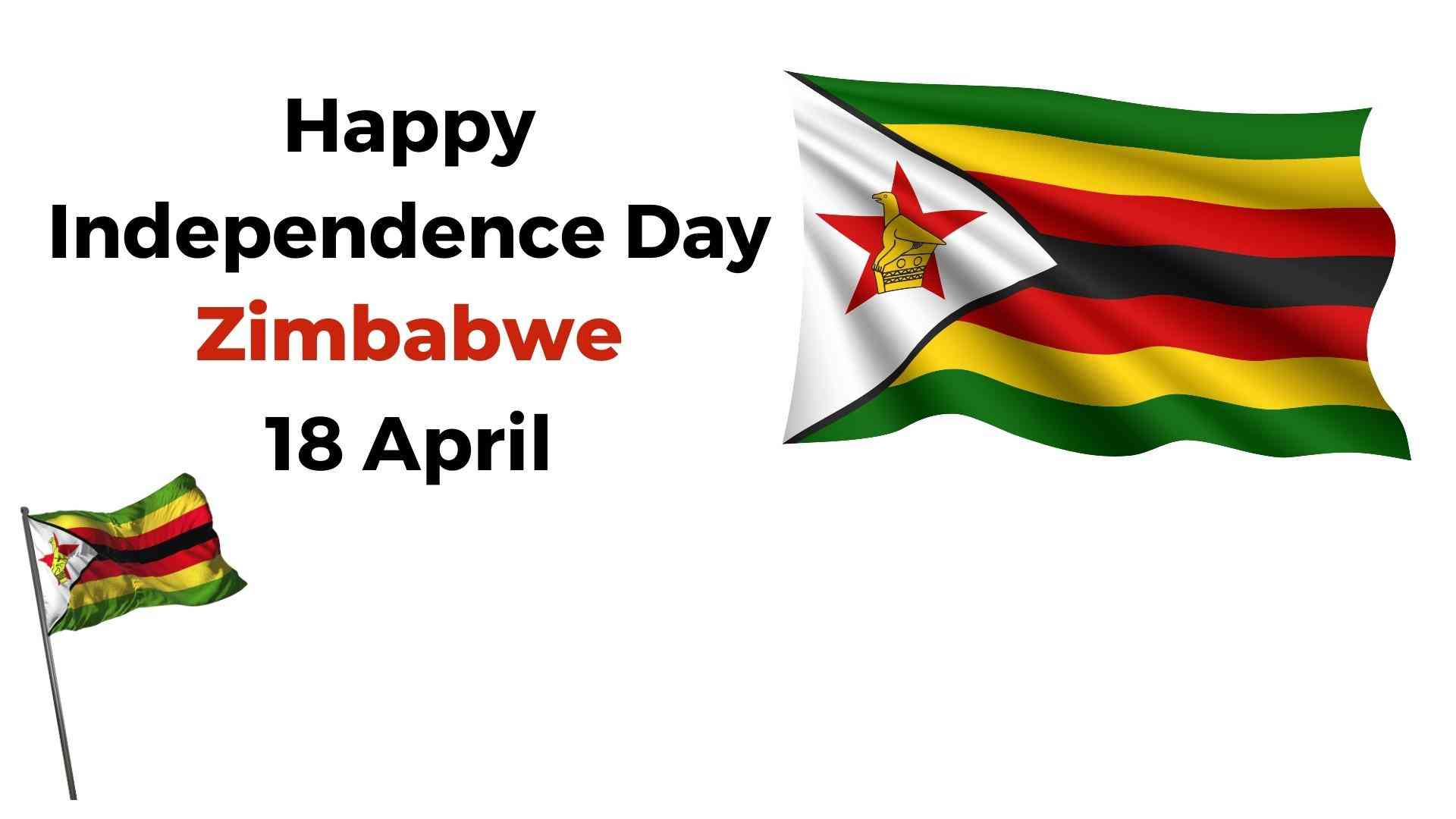
By Johannes Marisa
MY heart bled in the last few days when I watched tens of thousands of patients collapsing on the streets in India.
It was no surprise that the Asian giant ran short of oxygen and other important drugs resulting in many countries, including United States of America, chipping in with ventilators, oxygen concentrators, drugs and other hospital equipment.
It is a calamity considering that India has a population of 1,38 billion, the second highest after China that has 1,44 billion people.
Three months ago, India was buoyed by a vaccination drive fuelled by locally-made vaccines but the coronavirus is a stealthy, patient predator. About 80 counties received vaccine assistance from India, giving hope that COVID-19 was now getting under control.
It was just five weeks ago when the Indian Health minister Harsh Vardhan, declared victory over the virus with exultation, whistling and ululation.
Noone ever imagined that in the coming three weeks, there was going to be a health mischance. Today, India clocks nearly 300 000 new cases daily with official deaths hovering around 3 500 daily, a figure which seems far less than what people witness on the ground.
People are leaving this world en-masse and it is a pity that the scourge has no obvious signs of abating, which leaves everyone flabbergasted.
- Chamisa under fire over US$120K donation
- Mavhunga puts DeMbare into Chibuku quarterfinals
- Pension funds bet on Cabora Bassa oilfields
- Councils defy govt fire tender directive
Keep Reading
India has a double mutant variant which carries two mutations including the L452R and E484Q which have been seen separately before but never in one variant. This strain is a mesmerising one.
Vaccination has been introduced but it seems to be the privilege of the wealthy.
The richest countries, which account for only 16% of the world’s population, have administered nearly 48% of the vaccine doses. Low-income countries account for a miserable 0,2% of the vaccine doses.
Many people in this world are actually clamouring for vaccines which are difficult to acquire. The Zimbabwe government has done its best to acquire vaccines but the uptake is minimal.
Mashonaland East has recorded an embarrassing figure of less than 2 900 people who have been vaccinated, yet the vaccine is for free. People have the carte blanche to be vaccinated, only to snub a free process that gives them protection against COVID-19.
The Indian attack should teach us some lessons as a country especially about the brutality of the COVID-19 on humanity. Everyone should know that we are not yet out of the health quagmire and we should guard against complacency. The following are some of the observations emanating from the Indian humantarian catastrophe:
COVID-19 waves may be slow to appear but will be on their way. India is experiencing a second wave currently, a wave that hit Zimbabwe and many African countries in December, January and February.
While many thought that the dreaded second wave was nowhere near, India is in its worst predicament at the moment.
There has been talk about the emergence of the third wave in Zimbabwe which some people think is not possible. Kenya is reeling under the third wave, a sign that sooner than later, we are in the same bowl.
Lifting restrictions early is a recipe for disaster and we wonder why citizens do not observe the stipulated public health measures like masking up, social distancing, hand-washing or sanitisation. The blunder made by the Indian government is now costing the entire nation.
There were large political gatherings held by the Bharaiya Janata Party and at the Kumbh Mela, Hindu religious festival which have been pin-pointed as super spreader events after daily cases dropped to below 10 000 in early February.
The number of new cases has multiplied 40 times just six weeks later. This is a humanitarian catastrophe. I have heard of so many people lobbying for the removal of restrictions on public gatherings but this, in reality, is not the right time to do so.
Opening the arts industry, weddings and church gatherings full-time may be catastrophic at the moment. If the second wave that Zimbabwe witnessed in January lasted for six months, by now each family the country could have lost at least two members. Let us exercise patience on activities as the battle against COVID-19 rages on.
Vaccination against COVID-19 is of importance and snubbing the vaccines is at your own peril.
It is unfortunate that India has only vaccinated about 130 million of its population, a figure which is about 10% and insignificant if herd immunity is to be achieved. Israel has the highest vaccination rate in the world with more than 60% of the entire population having been vaccinated.
Medical personnel remain key on health issues. The dedicated staff should receive plaudits for standing firm against COVID-19 in Zimbabwe.
Doctors, nurses, pharmacists, scientists and many others have worked tirelessly to combat the spread of the virus.
For sure, our nation needs to have special appreciation of the health sector!
Keep yourself healthy, guard against complacency and together we will sail through!











